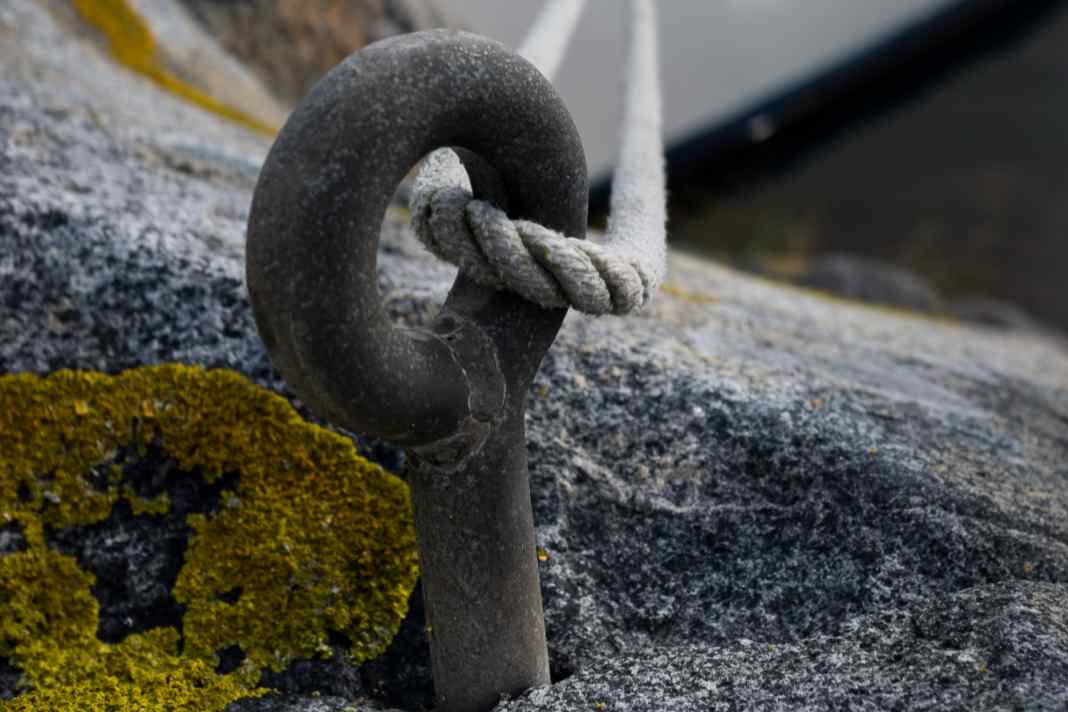Mooring at the skerry: Why Swedes complain about crooked bolts and Norwegians





The Scandinavian archipelago coasts are among the most fascinating sailing areas in Europe. Anyone travelling here must not only master the special techniques of mooring to the rocks, but also know the local customs. One of these concerns the correct use of the mooring pins that are anchored in the rocks.
The problem with the bent bolts
Facebook pages such as "Vi som älskar båtar och västkusten" are currently discussing a problem that is apparently mainly caused by Norwegian sailors: they pass their mooring lines through the eye of the bolts anchored in the rocks instead of simply placing them around the bolt as would be correct. The result is bent bolts that then have to be repaired or replaced. The Swedish Kryssarklubben (SXK), which installs and maintains the bolts, regularly replaces damaged bolts. On the west coast between Onsala and Strömstad alone, more than 6000 bolts and rock eyes are checked in spring and autumn. This task is carried out by around 15 members of the harbour and anchorage committee, who work on a voluntary basis.
The right equipment for archipelago sailors
If you want to moor in the archipelago, you need special equipment:
- Stern anchor: Usually an M-anchor, slightly smaller than the bow anchor.
- Long leader lines: At least two, preferably four lines of 20-30 metres in length.
- Sharp nails: Both straight and offset variants for different crevices.
- Hammer: 1-2 kg, ideally with a metal handle.
- Fenders: In various sizes, including ball fenders.
- Bow ladder: Makes it much easier to get out onto the rocks.
Swedish sailors often use special webbing pulleys on the pushpit for the stern anchor. For occasional visitors, a line with a chain lead or lead insert at least 30 metres long is also sufficient.
How to get to the skerry
The most common method is mooring with a stern anchor. This involves slowly approaching the rocks and checking the water depth. If the bank is steep enough, pull back and drop the stern anchor two to three boat lengths away, then approach the bank again. A crew member climbs over and attaches the leader lines to rock nails, trees or existing bolts. Important: The lines are not passed through the eye of the eyebolt, but simply laid around the entire bolt. This prevents kinks from forming that could make it difficult to release the line later. If the water depth is sufficient and the rock has a suitable shape, you can also moor alongside the rock. However, these moorings are rare and usually highly coveted.
